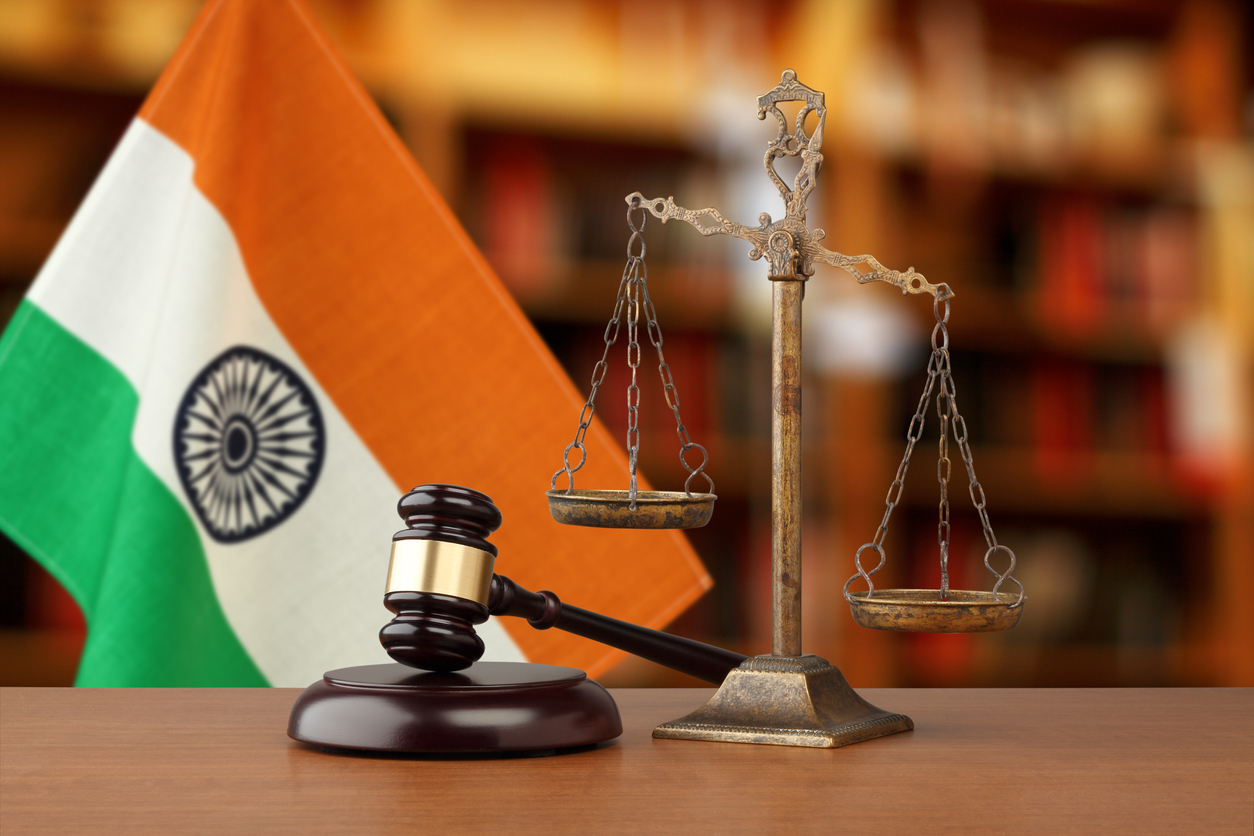- Wednesday, April 23, 2025
While more than 71,000 cases are pending in various high courts, over 101,000 cases, which are more than 30 years old, in lower courts were yet to be settled.

By: Shubham Ghosh
MORE THAN 50 million cases were pending in various courts of India, including the Supreme Court, high courts and subordinate courts, the country’s government has said.
The Narendra Modi government told the Lok Sabha or Lower House of the parliament on Friday (28) that more than 71,000 cases are pending in various high courts of India for more than 30 years.
The House was also told that over 101,000 cases, which are more than 30 years old, were pending in the lower courts.
In a written reply to a question, law minister Arjun Ram Meghwal said that as on July 24 this year, 71,204 cases were pending in high courts for more than 30 years.
Similarly, 1,01,837 cases were pending for over 30 years in district and subordinate courts.
On July 20, the inaugural day of the ongoing monsoon session of the parliament, he had told the Rajya Sabha or Upper House of Parliament that cases pending in various courts in the country have crossed the 50 million mark.
Meghwal had said over 50.2 million cases were pending in various courts — the Supreme Court, 25 high courts and subordinate courts.
“As per data retrieved from the Integrated Case Management System by the Supreme Court of India, as on July 1, there are 69,766 cases pending in the Supreme Court.
“Total number of cases pending in the high courts and the district and subordinate courts as on July 14 are 60,62,953 and 4,41,35,357 respectively, as per information made available on National Judicial Data Grid,” he had said.
The minister told Lok Sabha on Friday that the vacancy of judges is not the sole reason for the increased pendency of cases in courts.
Pendency of cases in courts can be attributed to several factors which include availability of physical infrastructure and supporting court staff, complexity of facts involved, nature of evidence, co-operation of stakeholders, including the bar, investigation agencies, witnesses and litigants and proper application of rules and procedures.
(With PTI inputs)